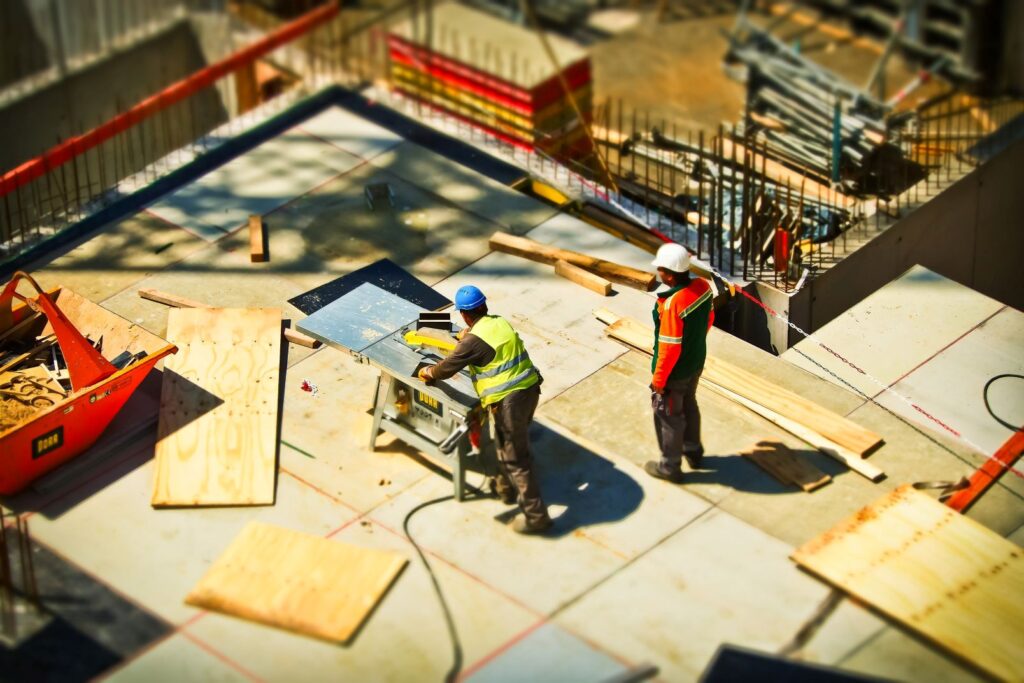
The UK’s commercial building landscape is evolving rapidly, driven by technological innovations, sustainability goals, and changing business needs. From cutting-edge office spaces to versatile retail hubs, companies are rethinking how buildings are designed and used. As more organisations prioritise efficiency and eco-friendly designs, Commercial construction contractors are taking centre stage in shaping the future of urban and suburban developments. In this article, we explore the key trends influencing commercial construction today, providing insights for business owners, developers, and investors looking to stay ahead of the curve.
Embracing Sustainable and Green Building Practices
Sustainability is no longer optional; it has become a standard requirement in the UK commercial sector. Green buildings focus on reducing carbon emissions, improving energy efficiency, and incorporating renewable materials. Modern designs now feature solar panels, rainwater harvesting systems, and smart energy management technologies. This focus not only reduces operational costs but also appeals to environmentally conscious tenants and investors. Moreover, the UK government’s commitment to achieving net-zero emissions has pushed businesses to adopt greener solutions across their building projects.
The Rise of Smart Buildings
One of the most notable trends is the integration of smart technologies into commercial spaces. Automated lighting, advanced security systems, and climate control solutions are becoming standard features. These innovations enable businesses to manage buildings more efficiently, enhance employee comfort, and lower maintenance costs. As artificial intelligence and IoT devices continue to improve, smart buildings are expected to become even more sophisticated, offering tailored experiences and predictive maintenance capabilities.
Flexible Workspaces and Adaptable Designs
The shift towards hybrid and flexible working models has transformed commercial construction priorities. Developers are focusing on adaptable designs that can easily adjust to changing requirements. Open-plan layouts, movable partitions, and multi-functional common areas allow businesses to reconfigure spaces without major renovations. This flexibility also supports collaborative work cultures and can attract a wider range of tenants, providing a significant competitive advantage for landlords and investors.
Focus on Health and Wellbeing
Employee wellbeing is another crucial consideration in modern commercial building design. Improved ventilation systems, natural lighting, and biophilic design elements are being widely adopted to create healthier indoor environments. These features have been shown to increase productivity, reduce absenteeism, and enhance overall job satisfaction. Post-pandemic, there is a greater emphasis on air quality and spacious layouts to ensure safety and comfort for occupants.
The Influence of Digital Construction Tools
Digital transformation has reached the construction industry, with tools like Building Information Modelling (BIM) and 3D visualisation now common in project planning and execution. These technologies help Commercial builders improve accuracy, reduce waste, and deliver projects on time and within budget. Virtual and augmented reality tools allow stakeholders to visualise the final product before construction begins, leading to more informed decision-making and fewer costly changes later in the process.
Increased Demand for Mixed-Use Developments
Mixed-use developments that combine commercial, residential, and recreational spaces are gaining popularity across the UK. These developments create vibrant communities and maximise land use, which is especially valuable in urban areas. By integrating different functions within a single project, developers can cater to a wider demographic and create more resilient, long-term investments.
Conclusion: Building for the Future
The UK’s commercial building construction sector is undergoing significant transformation to meet new challenges and opportunities. With a focus on sustainability, technology integration, flexible design, and wellbeing, future commercial spaces promise to be smarter, greener, and more adaptable than ever before. Working closely with experienced commercial construction contractors ensures that businesses can navigate these trends successfully and deliver spaces that support their long-term goals. Staying ahead of these developments is essential for anyone involved in the commercial property market, from investors to end-users, as the industry continues to redefine what modern commercial spaces should look like.


